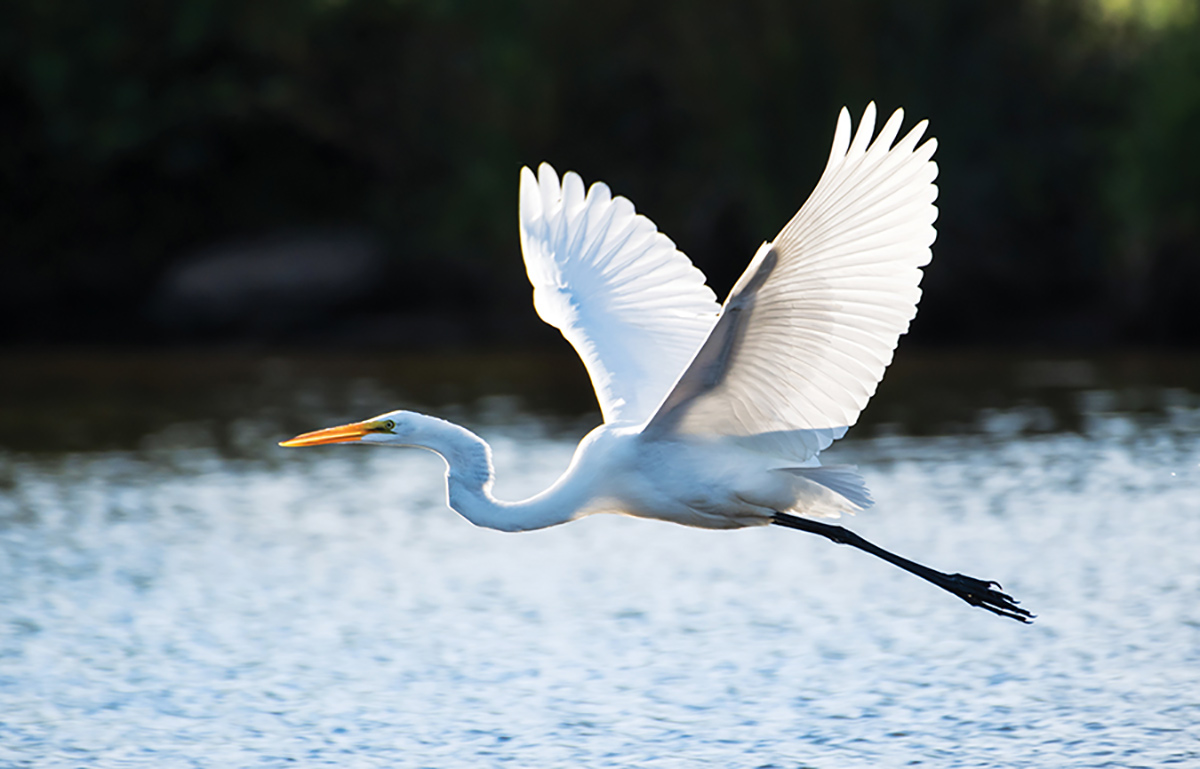Anyone who’s heard early morning birdsong knows that you don’t need to travel far—or at all—to enjoy nature. “There are so many things that people can see close to home that even really skilled birdwatchers sometimes forget to pay attention to,” says David Moon, sanctuary director at Mass Audubon’s Joppa Flats Education Center. And that’s true whether you live in a city apartment, next to a salt marsh, or in a tree-lined suburb. “There’s a tremendous amount to learn right outside our windows or down the street at a park.”
Here’s our guide to backyard birdwatching, wherever you live.
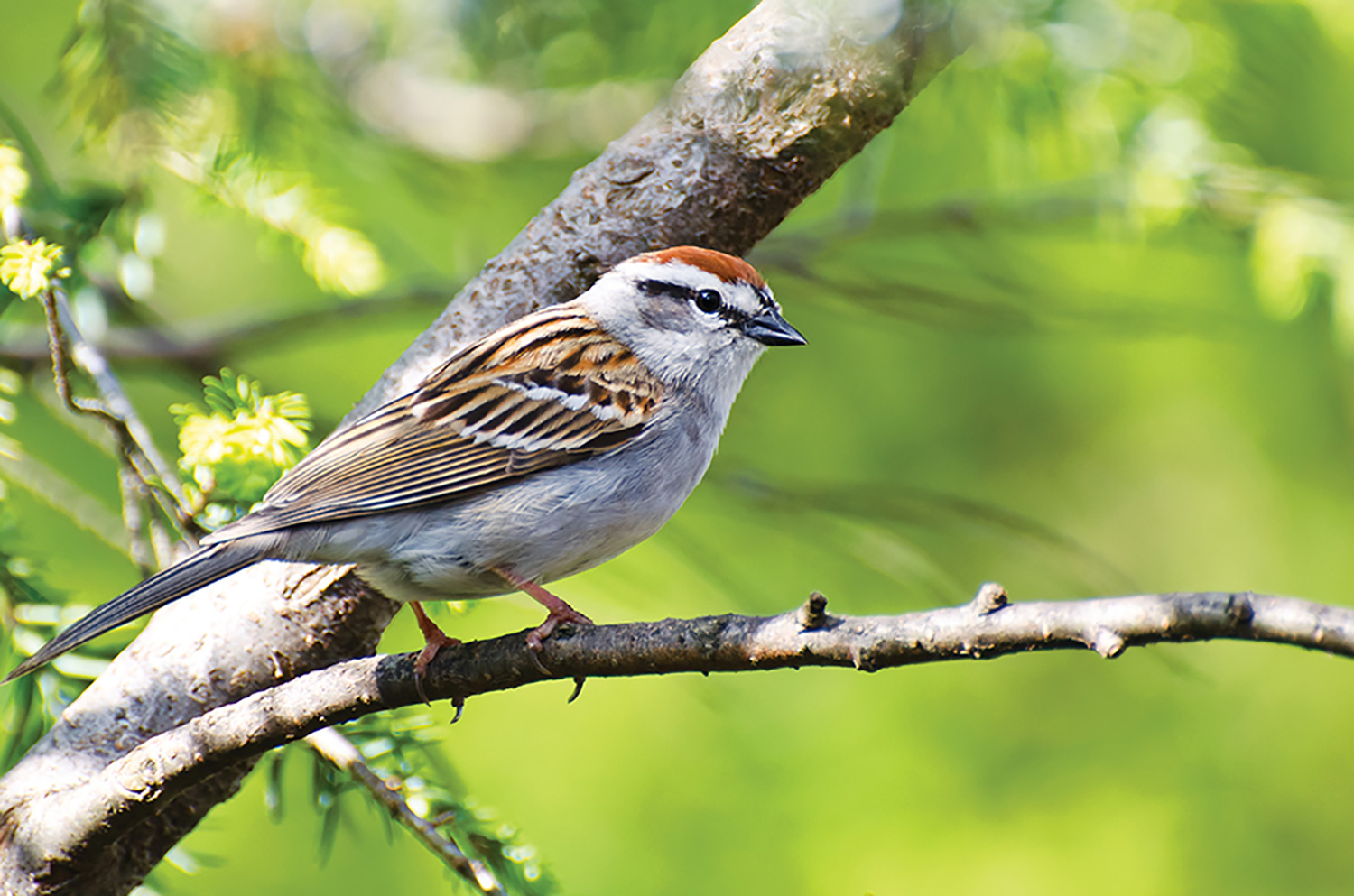
In the City
In urban environments birds like pigeons and house sparrows are ubiquitous. But venture into a city common with trees and grass, and other species begin to show up, like the black-capped chickadee, a lovely songbird that brings pretty tunes to cityscapes. You might also spot crows in urban areas (including the smaller fish crow), including in Lawrence, which is home to something very special: a fall and winter crow roost that has attracted more than 15,000 birds for decades.
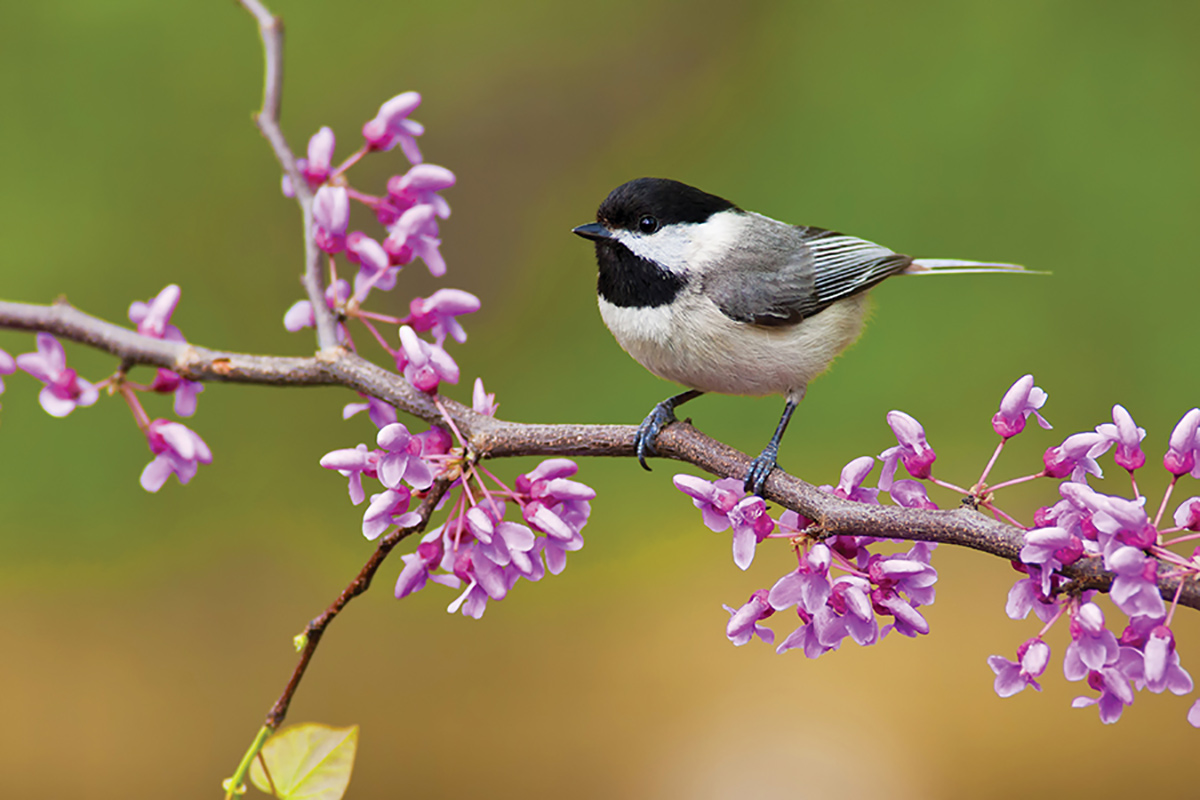
In the Suburbs
In suburban areas with lawns and trees, bird diversity increases dramatically from what’s found in the city, Moon says. In addition to bird watching, Moon recommends getting familiar with the birdsongs of different types of birds—try apps like The Sibley eGuide to Birds and iBird Pro—and identifying them by sound as well as sight. Some suburban singers include the northern cardinal, mocking birds, chipping sparrows, gray catbird, and robins. Also watch for fun behavior of parent birds chasing after their young. “There’s hundreds of birds that will be so busy trying to raise young during the breeding season,” Moon says. Feeding stations can attract birds to your yard, but keep a few things in mind. First, be aware of other animals that might attracted to the birdseed. Second, hummingbird feeders must be cleaned and have the sugar water replaced regularly to prevent mold from harming the birds.
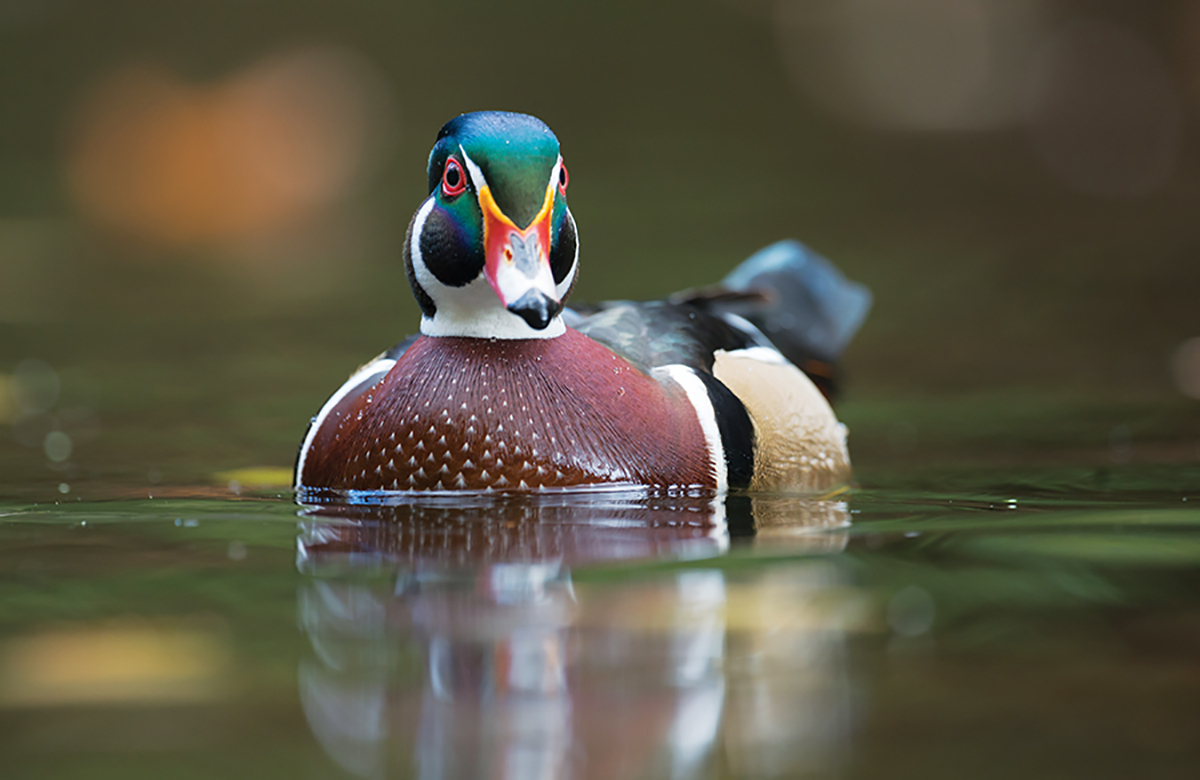
Near a Wetland
Wetlands offer lots of insects to eat, so those lucky enough to live near one will be rewarded with sightings of wood ducks, waders like green herons, tree swallows, and red-winged blackbirds that “love to nest in reeds or cattails,” says Moon. If there’s a wetland located within walking distance from your home, Moon says to listen for bird noises that are different from the ones you hear in your backyard to help you identify different species.
Near a Salt Marsh
Although many coastal birds migrate north in the summer, there are still lots of species to spot. Look for the birds like the willet, a large, noisy sandpiper-like bird, and hard-to-spot salt marsh sparrows that nest in the high marsh. You might also see white egrets, which breed on Kettle Island off the coast of Manchester-by-the-Sea. And if you pay very close attention, you might notice a spot in the marshes where wading birds roost for the night. “Finding a wading bird roost is just a thrill and watch them come,” Moon says
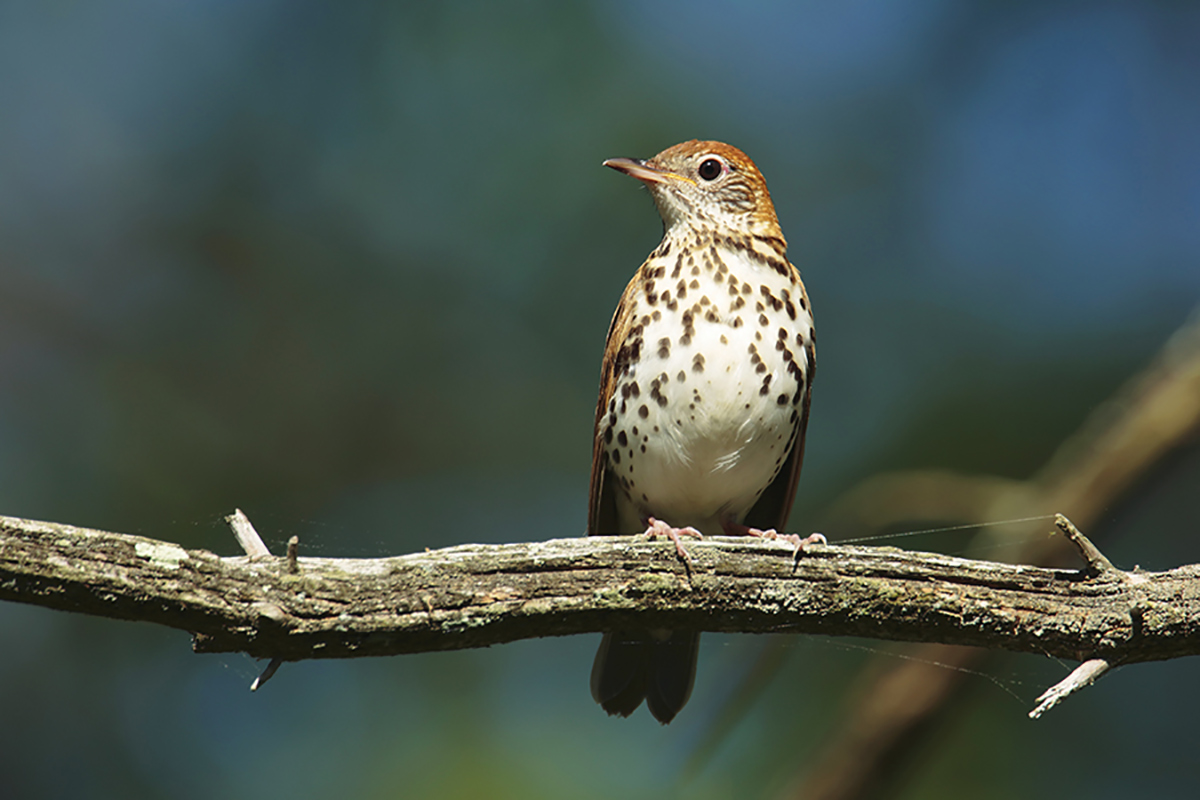
In the Woods
While not everyone is lucky enough to live adjacent to or near wide swaths of conservation land, even an acre or two of medium-age forest can contain a huge variety of woodland birds. Keep your ears alert (and look up) to spot the red-eyed Vireo, a tropical bird that summers here and sings from the tops of trees. Also listen for the wood thrush, whose beautiful songs drift through the woods. “Those are the sorts of things that make backyard birding enjoyable,” Moon says.

